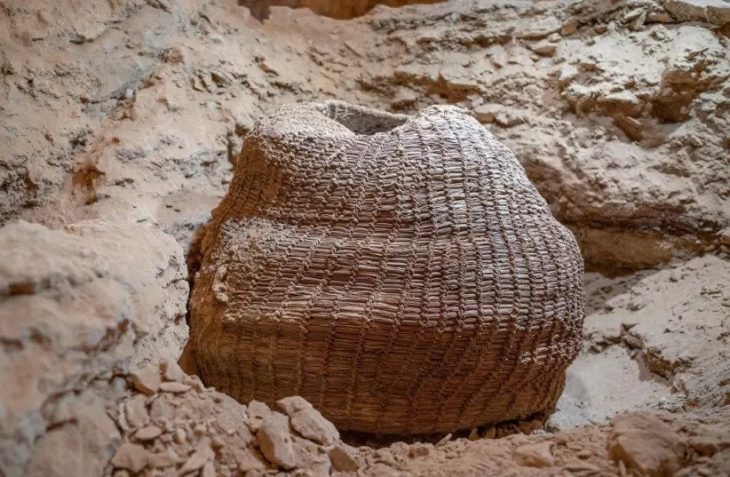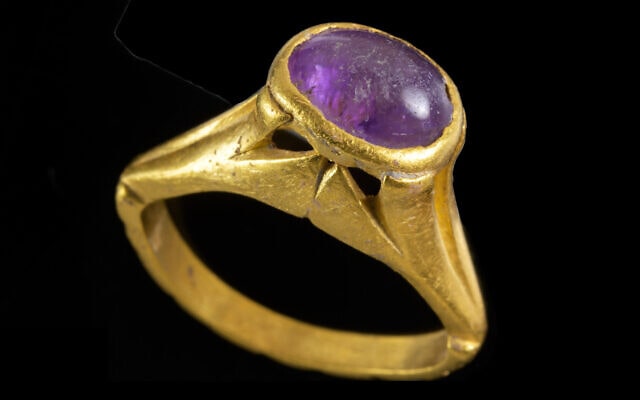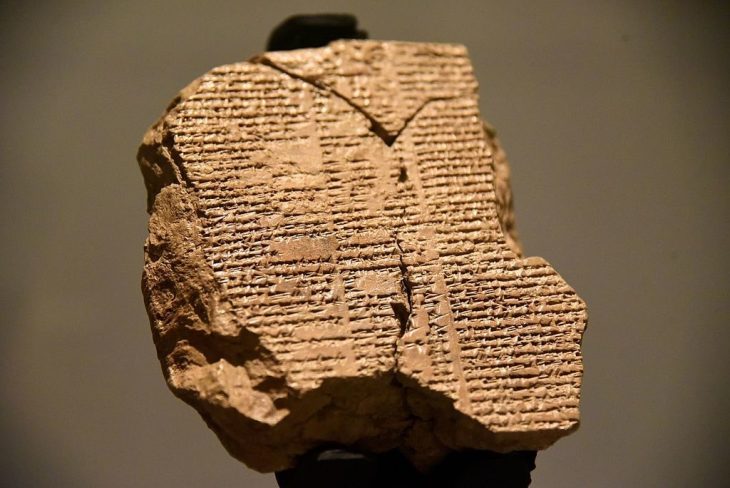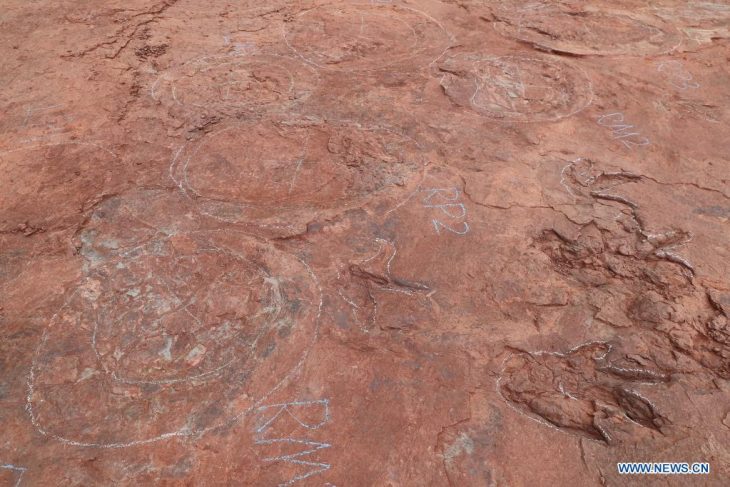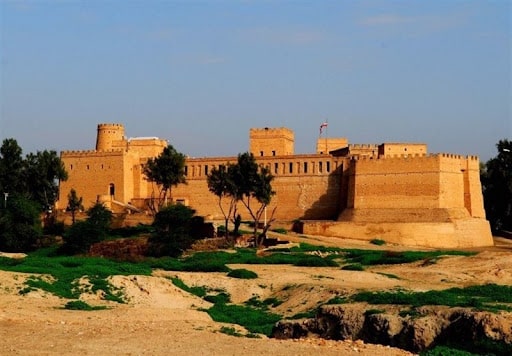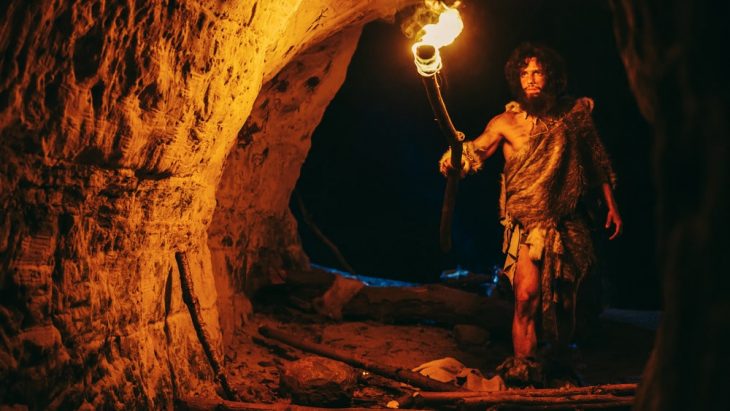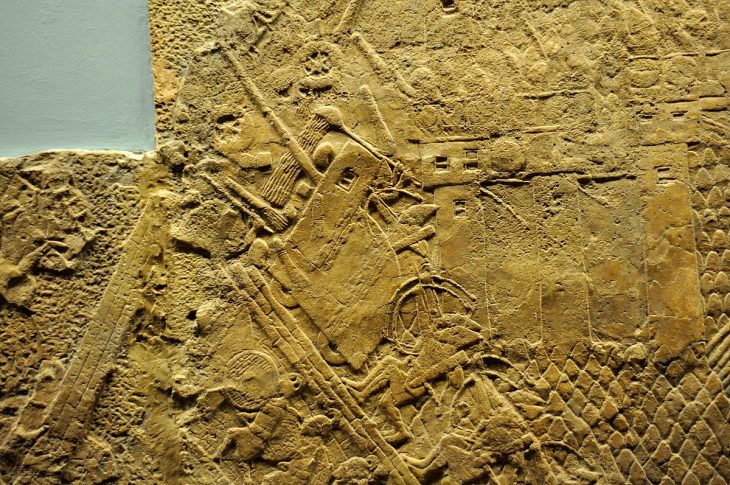The Oxus Treasure is a collection of 180 precious metal objects unearthed on the north bank of the Oxus River near the village of Takht-i Kuwad in Tajikistan between 1876 and 1880 CE, dating from the Achaemenid Empire (c. 550-330 BCE). In addition to 180 metal artifacts, 200 coins are included in this collection.
The collection’s original origins, as well as the actual location where it was discovered, who discovered it, and what the initial find could have been made of, are all unknown.
It is known as the Oxus treasure because it was found near the Oxus River, most likely near Takht-i Kuwad, a ferry station on the river’s north bank.
The treasure is the most important surviving group of what was once a massive output of Achaemenid craftsmanship in precious metal.
The metalwork is thought to date from the sixth to fourth century BC, although the coins span a wider time span. The treasure’s most likely origin is that it belonged to a temple, where votive gifts were put throughout time.
The treasure’s link to a temple is implied by the 51 gold-sheeted votive plaques included in the collection, as well as several of the figurines/statuettes that resemble devotional figures seen at holy locations.
It has a broad variety of execution quality, with several gold votive plaques being poorly created, some perhaps by the donors themselves, while other things are of high quality, apparently as required by the court.

The treasure includes armlets, finger-rings, objects, 2 gold model chariots with horses and figures, dedicatory plaques, coins, vessels, seals, 1 golden fish ointment/perfume container, miscellaneous personal objects (ornaments/clasps for clothing), and a gold scabbard which is the earliest piece in the collection, showing scenes of a lion hunt.
Other things are reported in the early discover reports, which began appearing in letters in 1879 CE. A golden tiger figure, for example, is referenced in these early reports, but it has never been classified and appears to have vanished early on. Other things described earlier may have been stolen or melted down by whoever discovered the collection, and it is known that some coins and other relics were purchased by British soldiers in the region.
Because numerous identical goods are shown in Achaemenid art, particularly in the bas-reliefs at Persepolis, and comparable findings have arrived from excavations at Susa and elsewhere, the treasure is connected to the Achaemenid Period. The scabbard, for example, is identical in every manner to the one represented in the Persepolis reliefs. Although it is unknown who created these works or where they were created, it is thought that they were possessed and worn by Achaemenid royalty.

The Oxus Treasure has many exquisite things, but the two model chariots in gold, one unfinished and driven by four horses, are among the most well-known. In Median clothing, there are two figures: a driver and a seated passenger. The chariot includes railings at the open back to let passengers get in and out, and the solid front features the visage of the Egyptian dwarf-god Bes.
Two griffin-headed bracelets from the 5th to 4th century BC court style of Achaemenid Persia are also noteworthy. They were the most difficult to make since they were cast in multiple components, then wrought in a variety of ways, then soldered together. There are numerous more bracelets, some with simpler head terminals showing ibex, goats, bulls, lions, ducks, and other amazing creatures.
Unique Works
Although every piece of art in the treasury is quite remarkable, some of them are truly magnificent.

Griffin Armlets
The Griffin Armlets, still resonant even in semi-ruin, are similarly stunning. The armlets used to feature gem and colorful stone inlays that have now fallen out and been lost. Armlets and other pieces of the Oxus Treasure – likely to be Scythian in origin.
Scabbard
The scabbard is sometimes referred to as a “dagger scabbard,” however this term confuses the Persian short sword (the akinakes) with a dagger. The scabbard is decorated with a lion-hunting scenario and is similar to one found in the Persepolis reliefs, where Darius I’s (r. 522-486 BCE) armor-bearer is wearing one.
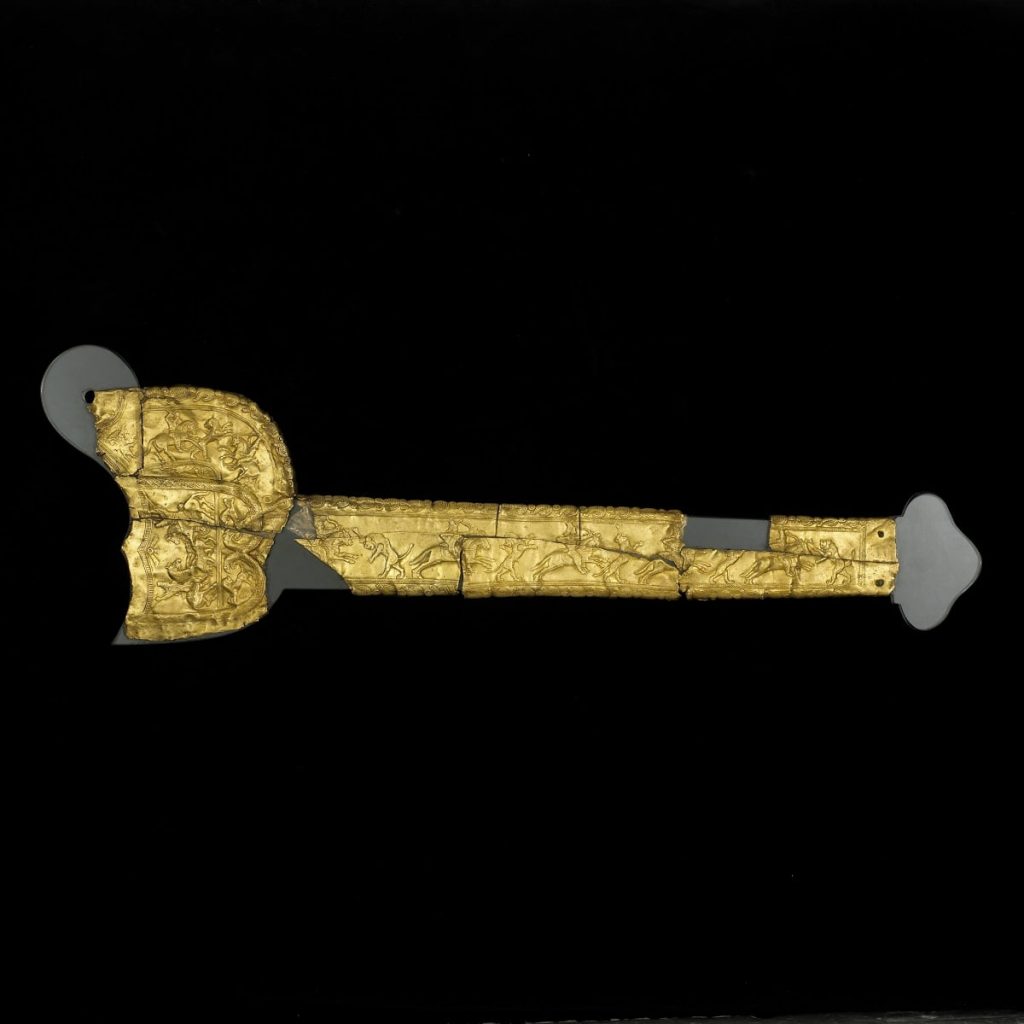
Golden Fish
The golden fish is 9.5 inches (24.2 centimeters) long and weighs 370 grams. It’s hollow, with an open mouth and a loop through which it might be hanged. The item was assumed to have carried oil or perfume. The fish has been recognized as a carp on several occasions, however, in 2016 CE, writer and fishing enthusiast Adrian Burton recognized the item as a Turkestan barbel, a fish unique to the Oxus River and a more clearer model for the golden fish than the carp.
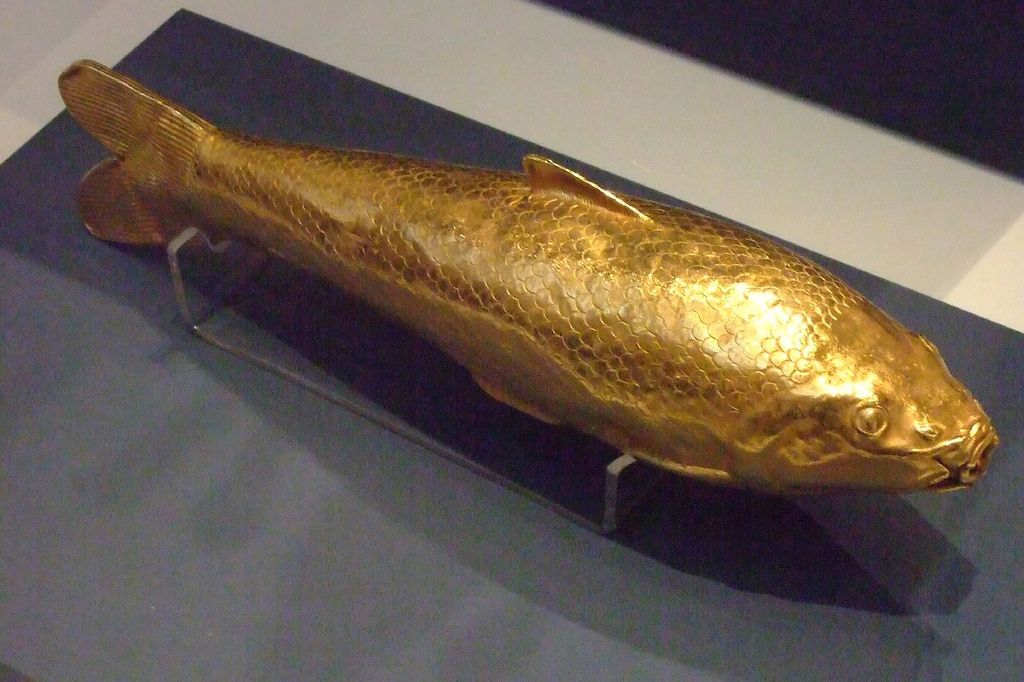
How did the treasure go to the British museum?
In 1879 CE, a Russian Major-General N. A. Mayev reported excavating a location near the historic fort of Takht-i Kuwad near the Oxus and spoke with local residents who informed him that wealth had been discovered there in the past, including a giant golden tiger, which had all been sold to “Indian traders”. A heist of considerable quantities of gold from Indian merchants in Kabul, Afghanistan, was reported in the Lahore Civil and Military Gazette on June 24, 1880 CE.
Captain Francis Charles Burton, a British officer stationed in the area, followed the thieves and recovered the majority of the wealth, returning it to the merchants, who sold him one of the collection’s armlets; this brought the discovery to the attention of British officials, particularly Sir Alexander Cunningham (l. 1814-1893 CE), who had been appointed archaeological surveyor of India and had extensive historical and archaeological knowledge of the region.
Cunningham acquired a few items from the merchants, and most or all of the remainder was acquired by British antiquarian Sir A. W. Franks (l. 1826-1897 CE). Franks subsequently bought Cunningham’s works and left his collection to the British Museum, where he worked as an administrator.
Source: World History


